Title
On photography and the built environment
Category
Interview
Format
Web
Year
2024
Photography can change our experience and perception of the built environment—can it also play a role in changing cities for the better? Mark Bessoudo in conversation with Alexandre Kurek.
↘︎ Read the full interview (EN)
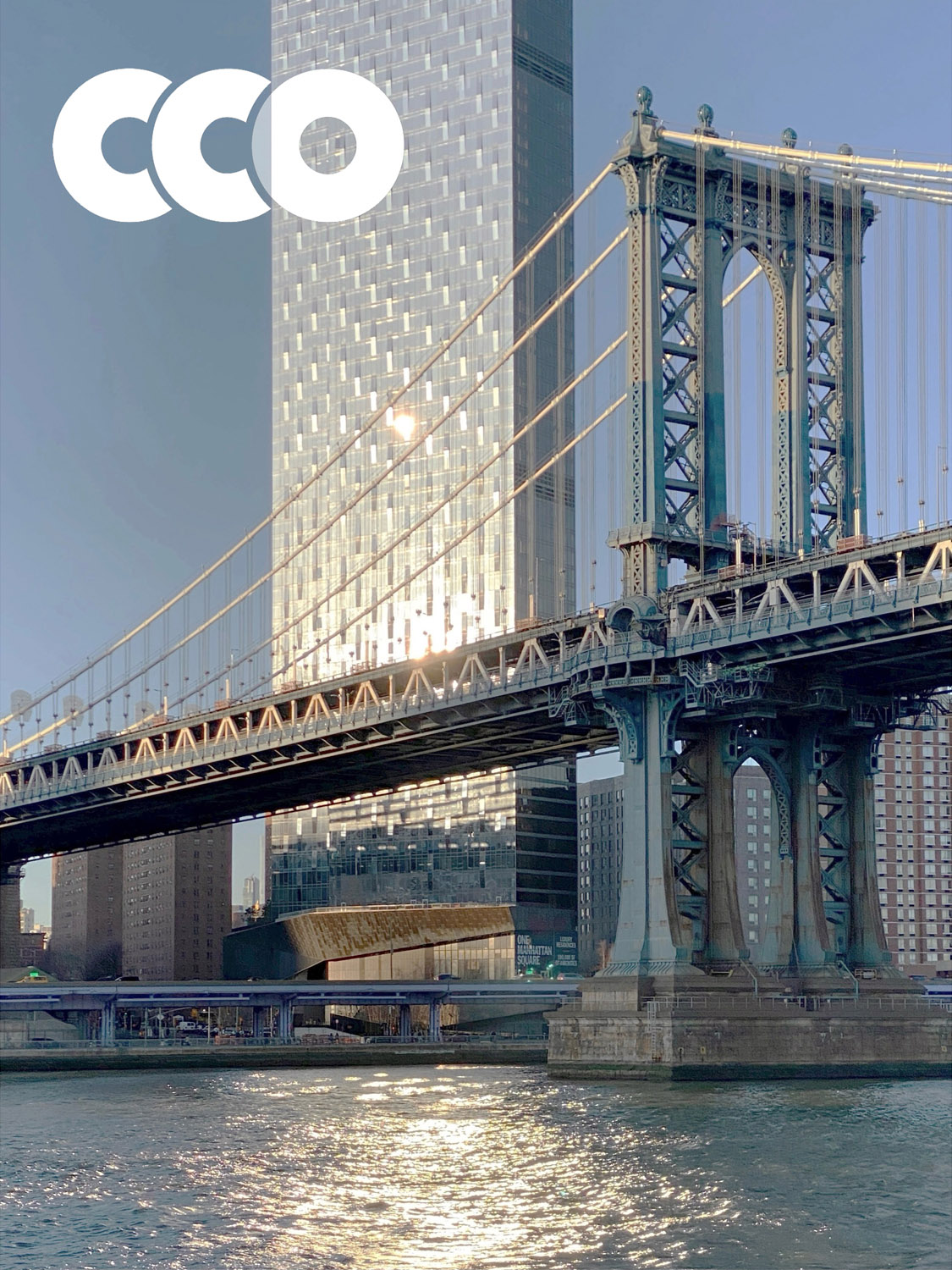
Excerpt
[...]
MB: Beyond just perceptions, what role do you think photography can play in actually changing or reshaping the built environment?
AK: I am not a practicing architect or urban designer, but speaking from a phenomenological perspective, I think that photography enables us to ask questions about places we would otherwise not be able to ask, or even think of asking. It could be as simple as taking a photo of, let’s say, a strip of pavement, looking at it thoroughly and asking: what is it that I see? This one question could lead to a cascade of more questions: who constructed that pavement? What is it made of, and where did the resources for it come from? Does it look the same elsewhere? What are the underlying structures and politics constituting that pavement? I could think of a plethora of questions relating to just that one strip of pavement, which, in turn, would inevitably lead to questions regarding many other aspects of the built environment and its constituting or underlying structures.
MB: Many of the photographs you showcase on allcitiesarebeautiful.com evoke a particular aesthetic, and with that a certain type of message. To me, they speak to the tension between the beauty and banality of urbanization—the disparity that sometimes exists between aspirations and reality, or between the theoretical and the practical. I believe you called this aesthetic “anti-romantic” in one of your blog posts. This approach seems to be influenced by the The New Topographic Movement of the 1970s, which, you wrote, “not only provided an alternate image of the American landscape but also challenged viewers to consider the reality of human intervention in nature and the consequences of our own actions.” Can you comment more on this?
AK: I believe that, at least to some extent, we all bear a responsibility for our environment. Photographs that depict our surroundings possess the ability to remind us of that shared responsibility. That’s what the pioneers of The New Topographic Movement fundamentally accomplished with their work: through directing our gaze to what immediately surrounds us—towards something so obvious and so banal, most of us probably weren’t aware of it as something worth observing, let alone considered questioning it—they were able to remind us of our shared responsibility.
I think that their work, and subsequent artists who their work influenced, allowed us, over time, to develop a better understanding of our everyday surroundings, albeit not on a factual basis but rather on an artistic one. And that, to me, is a testament to the tradition of art and artists and their obligation towards society: gently steering us and guiding our attention in a certain direction.
re:imagine your city
Feature
2023
Twelve-page spread of allcitiesarebeautiful in the publication re:imagine your city. rethinking urban paradigms, published by SHIFT BOOKS.
↘︎ More on the publication (DE)
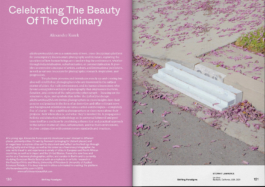
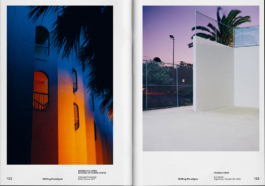
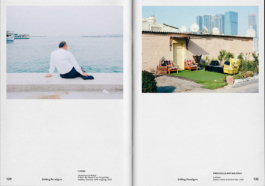
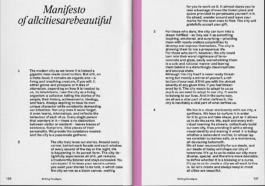
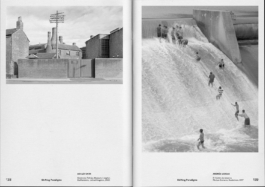
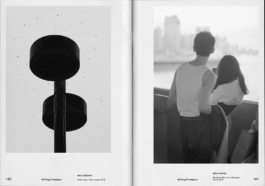
The publication re:imagine your city invites you to explore and rethink current paradigms that shape our urban environments. It offers insightful perspectives on commemoration and heritage, city planning and gentrification, migration and post-pandemic changes, solidarity and critical spatial practices. The publication is the result of a collective effort by an engaged transdisciplinary network of urban practitioners, educators, researchers, artists, designers and architects in the framework of the international design lab for urban practices and transformation re:imagine your city.
Photographs (i.o.o.a.): Stewart Lawrence, Andrea Vollmer a. Michael Kuchinke-Hofer, Thomas Pirot, Ci Demi, Preshelle Ann Bigueras, Ashley Carr, Andrés Vargas, Max Zerrahn, Bolin Wang.
IWGEL Episode 4: Alexandre Kurek
Interview
Video
2023
Cologne-based filmmaker and photographer Boris Dörning interviewed me for his video series Ich wäre gerne eine Leica (IWGEL). In this episode, I talk about my roots in photography, current experiences, and more importantly, my dear-to-my-heart project allcitiesarebeautiful.com.
↘︎ Watch on YouTube (DE)

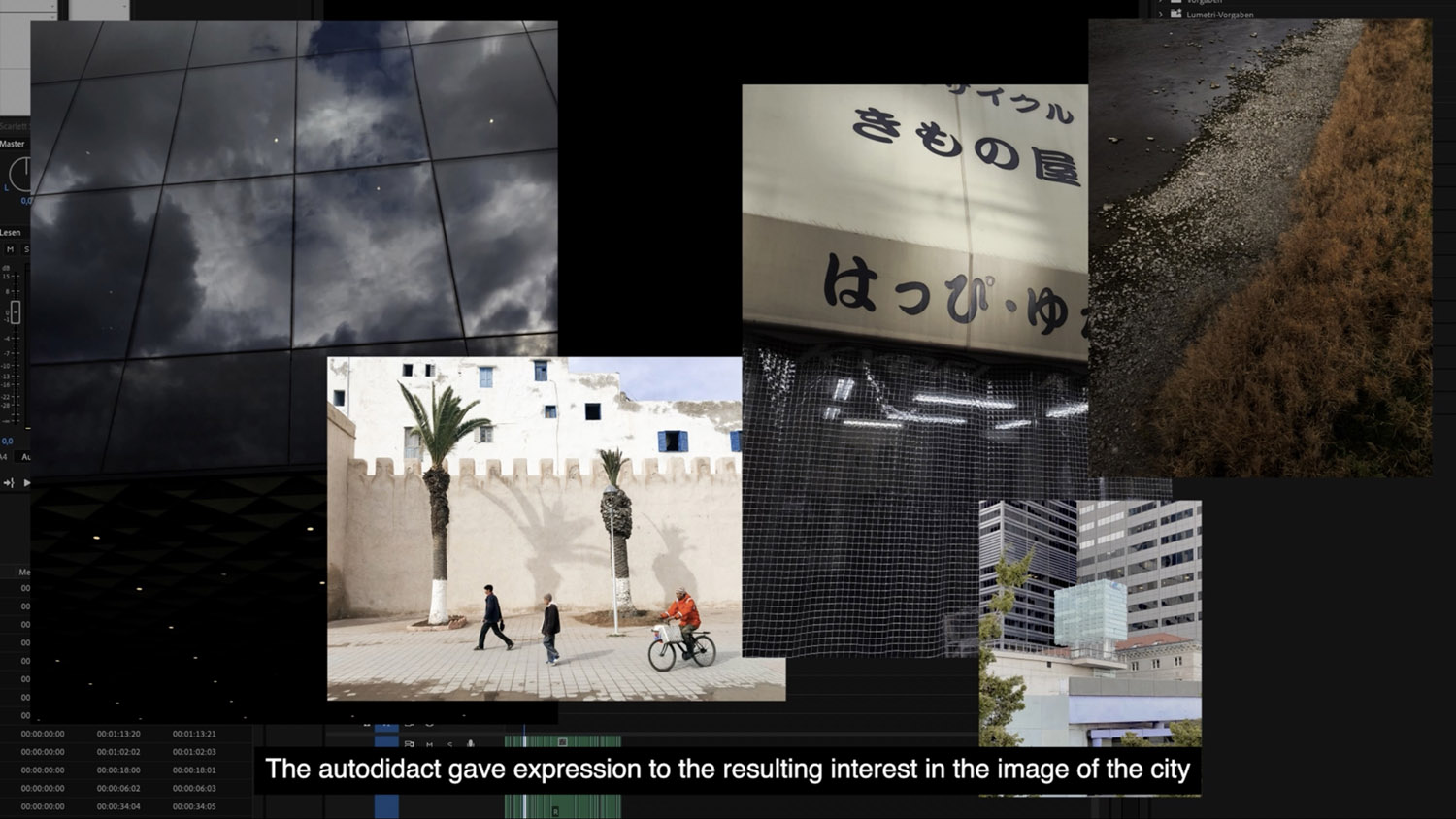
un fantôme dans la ville
Feature
Web
2021
Feature by Joachim Delestrade in fisheye Magazine.
↘︎ See the full feature (FR)
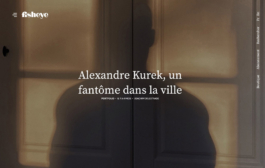
FR
Baigné depuis petit dans la photographie, Alexandre Kurek parcourt Berlin à la recherche de détails, d’immeubles et du « chaos apprivoisé ». L’auteur perçoit le médium comme « un amusement, une douleur, une excitation, une difficulté, des frissons et tout ce qu’il y a entre ». Depuis vingt ans, le photographe allemand observe son environnement, avec une certaine forme de sensibilité, d’empathie et d’attention qui se retranscrit dans ses clichés. Scènes du quotidien, bâtiments en construction, sculptures... L’artiste scrute chaque élément du décor et se les approprie. Les immeubles en chantier, quant à eux, lui donnent la possibilité « de réduire le chaos autant que possible, de le mettre en ordre et de créer une photographie qui donne une impression de minimalisme, sans paraître trop propre et polie – ce qui pour [lui] est synonyme d’inanimé ou de stérile. » Il admet d’ailleurs lui-même que son travail repose sur la banalité, la recherche du beau dans le commun et le connu, et considère que « rien n’est original, vraiment ».
EN
Immersed in photography from an early age, Alexandre Kurek roams Berlin in search of details, buildings, and what he calls »tamed chaos«. He describes the medium as »a game, a pain, an excitement, a difficulty, shivers, and everything in between«. For the past twenty years, the German photographer has observed his surroundings with a particular sensitivity, empathy, and attentiveness that translates into his images. Everyday scenes, buildings under construction, sculptures… the artist examines every element of the urban environment and makes it his own. Construction sites, in particular, offer him the opportunity »to reduce chaos as much as possible, to organize it, and to create a photograph that conveys a sense of minimalism without appearing too clean or polished—which, to [him], would mean lifeless or sterile«. He readily admits that his work is grounded in banality, in the search for beauty in the familiar and the ordinary, and that he believes »nothing is truly original«.
Smart Shot
Feature
2017
Double-page spread in SMART SHOT by fotoMagazin, Sandra Schink a. Thorsten Höge (ed.).
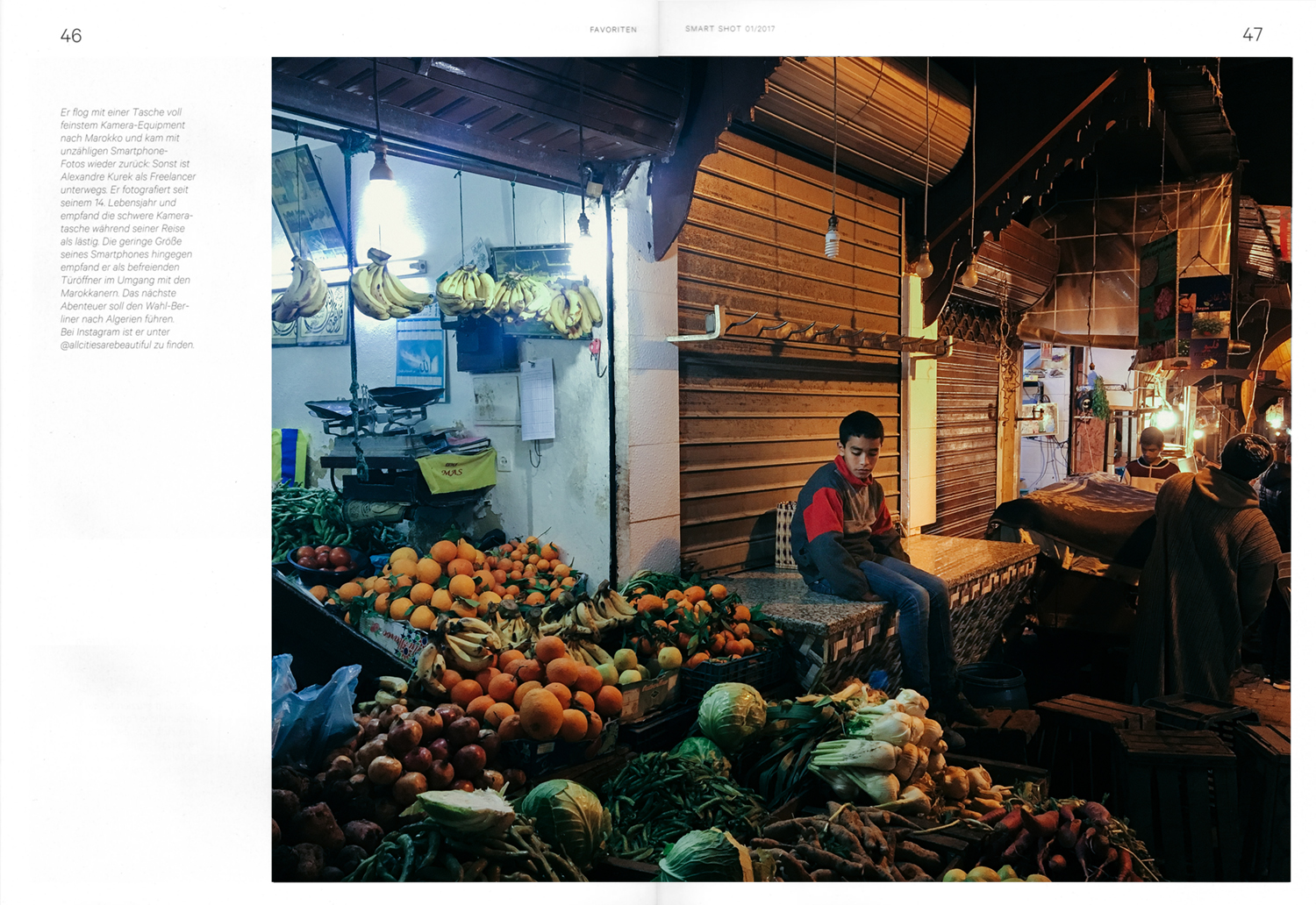
DE
Er flog mit einer Tasche voll feinstem Kamera-Equipment nach Marokko und kam mit unzähligen Smartphone-Fotos wieder zurück: Sonst ist Alexandre Kurek als Freelancer unterwegs. Er fotografiert seit seinem 14. Lebensjahr und empfand die schwere Kameratasche während seiner Reise als lästig. Die geringe Größe seines Smartphones hingegen empfand er als befreienden Türöffner im Umgang mit den Marokkanern. Das nächste Abenteuer soll den Wahl-Berliner nach Algerien führen. Bei Instagram ist er unter @allcitiesarebeautiful zu finden.
EN
He flew to Morocco with a bag full of high-end camera equipment and returned with countless smartphone photos: usually, Alexandre Kurek works as a freelancer. He has been taking photographs since the age of 14 and found the heavy camera bag bothersome during his trip. In contrast, he experienced the small size of his smartphone as a liberating door-opener when interacting with people in Morocco. His next journey is set to take the Berlin-based photographer to Algeria. On Instagram, he can be found under @allcitiesarebeautiful.
Back to top